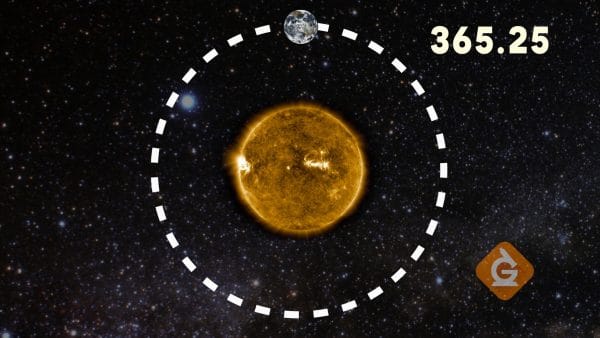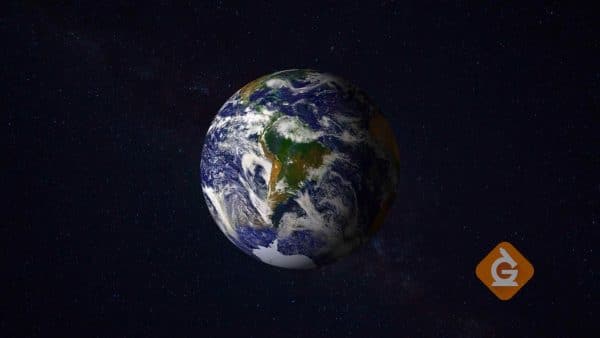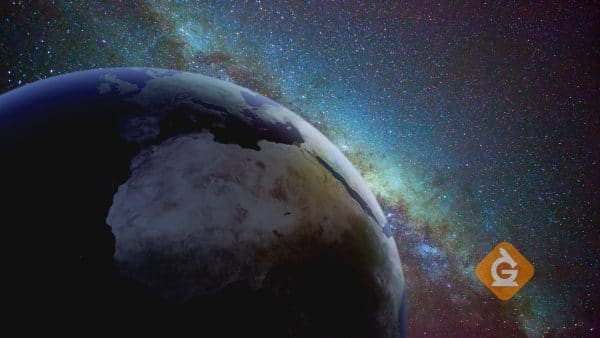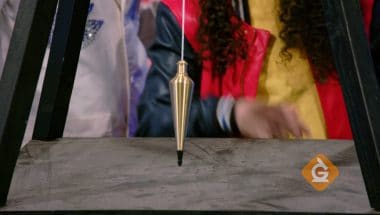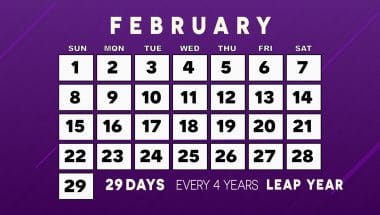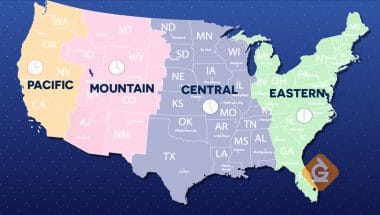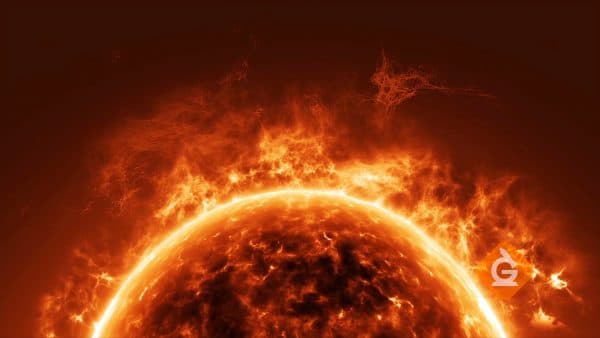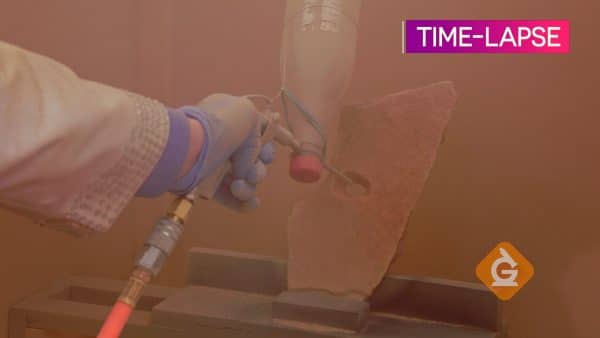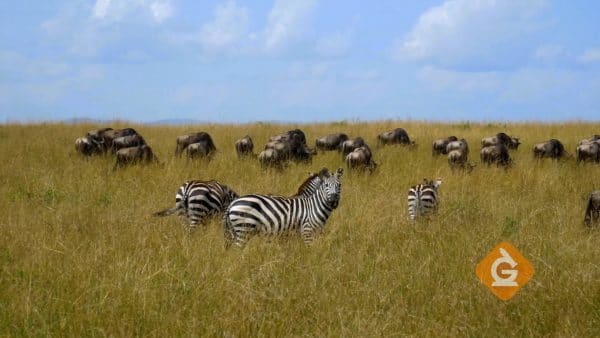Scientists use the movement of pendulums to provide evidence that the Earth is rotating. A pendulum is a weight hanging from a fixed point so that it can swing freely back and forth. When you move the base of the pendulum, the weight continues to travel in the same path.
Earth’s rotation on its axis occurs every 24 hours.

Earth is always moving. Each day, the Earth makes one complete rotation on its axis. The axis is the imaginary line through the earth that extends from the North Pole to the South Pole.
As Earth rotates, it seems like the sun is moving across the sky, but it’s really the Earth that is spinning. It takes 24 hours to complete one rotation, which is why there are 24 hours in one day.
In other words, if the sun is visible in the morning starting around 6:00 AM, the Earth will spin completely around by the next morning at 6:00 AM and you will see the sun in about the same place.

